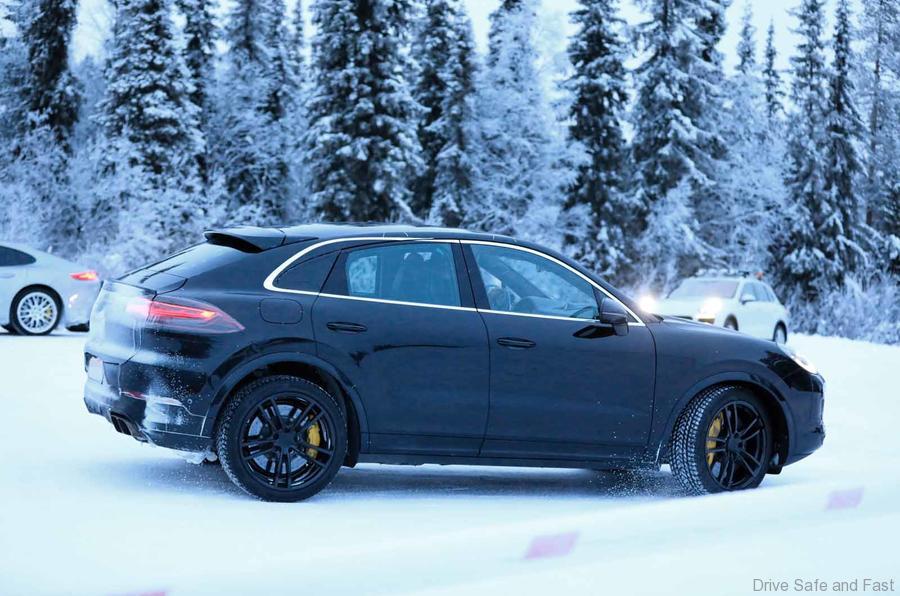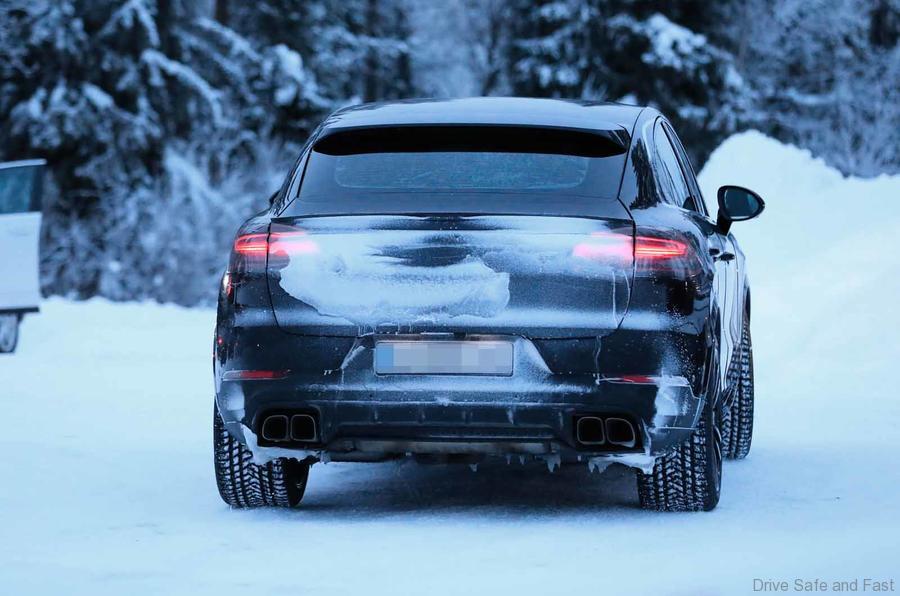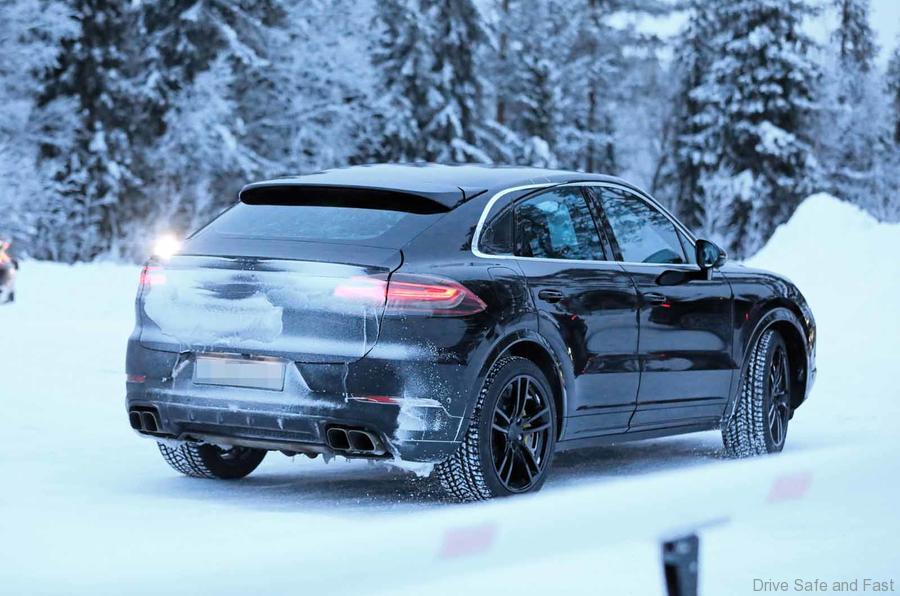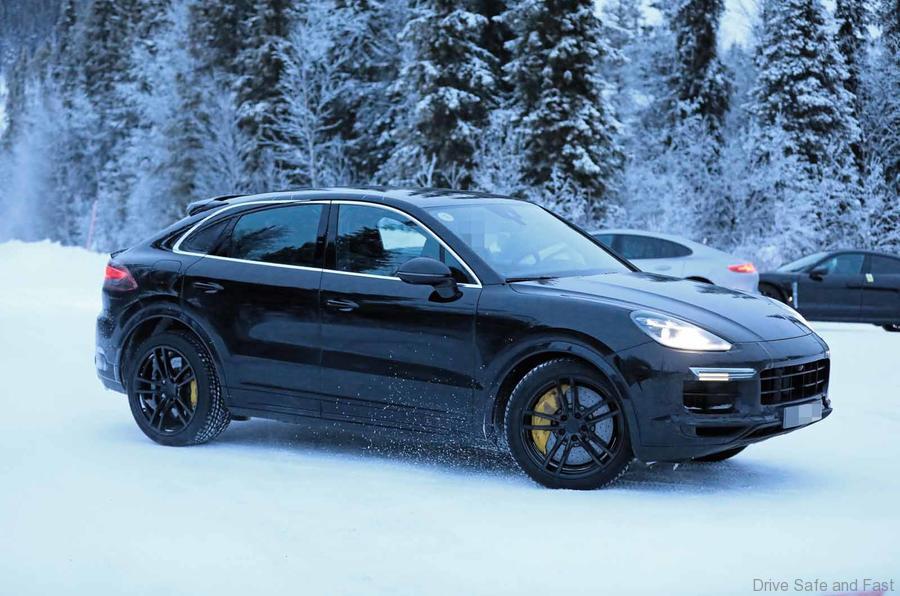We have just got word that Porsche will release the all new Cayenne Coupe in 2020 and looking at the pictures it is clear that it carries the Panamera silhouette with added heft and sitting higher to allow its off road engineering to be installed.
There is still no confirmation on its powertrain but we suspect it will carry the new Cayenne S Hybrid system from launch. Then later move into full electrification.
NOTE: Porsche began pursuing electrification in its luxury SUV back in 2010: the Cayenne S Hybrid was the pioneer in its segment. In 2014, the Cayenne S E-Hybrid was another groundbreaker, with the introduction of plug-in hybrid technology. The next stage in the journey towards e-mobility is the new Porsche Cayenne E-Hybrid. While the performance of the combustion engine moderately improves on its predecessor by five kilowatts (7 hp), taking it to 250 kW (340 hp), the performance of the electric engine is now over 43 per cent higher, at 100 kW (136 hp). Both combine to produce a system power of 340 kW (462 hp), 34 kW (46 hp) higher than the car’s predecessor. The battery capacity also reaches a new level, enhancing the electric range and boost reserves too: in comparison to the previous model, capacity has risen from 10.8 kWh to 14.1 kWh. This is an increase of around 30 per cent.
The boost strategy based on the 918 Spyder supercar is another new addition. It ensures that the electric engine can be used in all driving modes for an additional performance boost. A system torque of 700 Nm is directly available when you press the accelerator pedal. The spontaneous responsiveness creates an impressive acceleration experience that’s unique to the segment. The Cayenne E-Hybrid hits 100 km/h in 5.0 seconds from a standing position. The SUV also reaches its maximum speed of 253 km/h with the combined forces of the combustion and electric engine in the Sport Chrono Package’s Sport Plus mode, available as standard. Depending on the driving situation and performance requirements, drivers can continue to draw on the boost torque across the entire range of speeds. This leads to a significantly more agile and superior driving experience.
The extent of the boost assistance and battery recharging depends on the driving mode. In the performance-focused Sport and Sport Plus modes, virtually all of the battery’s energy can be used for a boost. In Sport mode, the battery is charged just as much as is required for a new boost. In Sport Plus mode, the battery is recharged as quickly as possible. In the other modes, a limited amount of energy is available for boosting in order to support efficient driving





